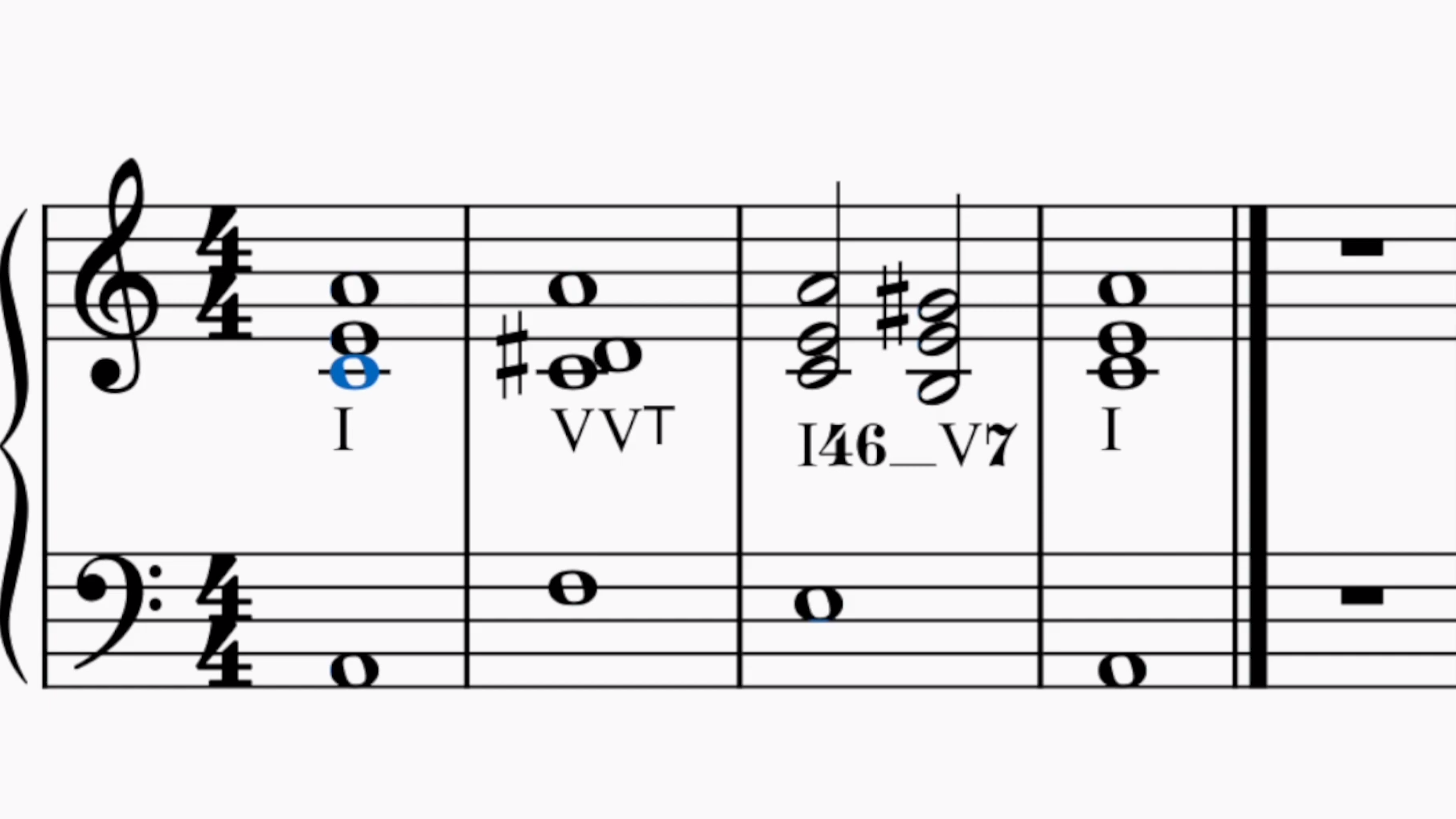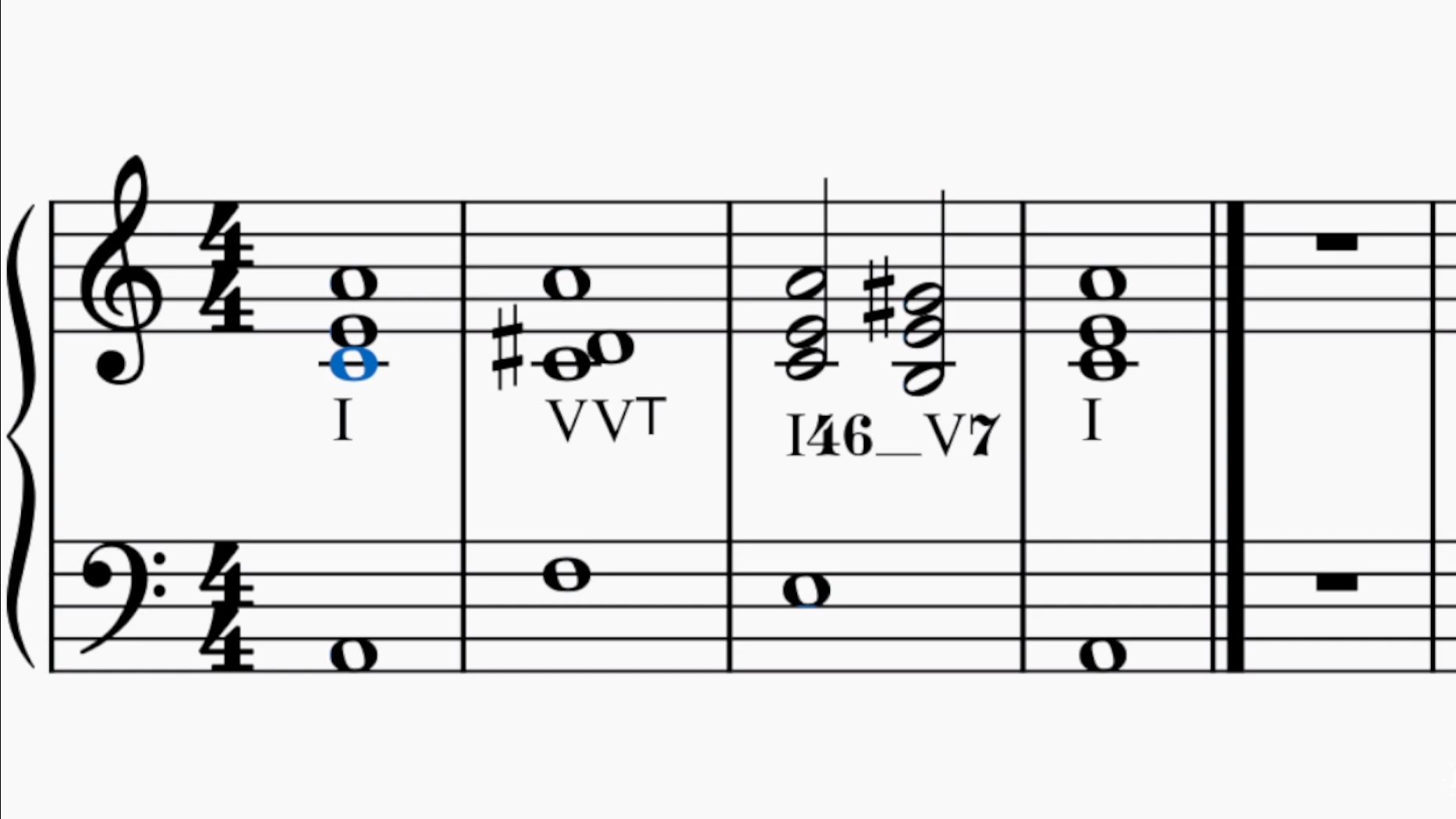Introduction
In this article we will talk in the most practical and concise way possible about the augmented sixths, otherwise called augmented sixth chord. These chords are found throughout the whole musical repertoire, from Pop to Jazz to Blues and Classical (think of Schubert, Schumann, Mendelssohn, Chopin, Liszt etc.). If we were to consider all the compositions in which there is an augmented sixth chord, a whole life would not be enough for us o recognize them all: it is present almost everywhere, but not knowing it could mislead us to its closest relatives. For example, the French sixth, which will be the first that we will deepen in this article, derives from the seventh of dominant (so it is very easy to confuse the two chords). And yet at the structural level, the augmented sixth chords are unmistakable. We will give practical examples, we will break down the chords and know their origin through precise cadence formulas.
Theory VS Practice
A small premise, before starting: when studying music theory you may have a tendency to oversimplify the topics taken into question. For example, the dominant seventh chords are studied as a set of musical notes one on top of the other. Now, if these simplifications are taken as a model and used for one's study, they serve no other purpose than to prematurely develop prejudices. With simplistic notions in the mind, which do not correspond to the compositional reality, we develop moulds in the brain that we then go to try to apply on the compositions (when it should also be the opposite, we should also be able to learn from the compositions we read). For this reason we will begin to deepen the theoretical notions behind the augmented sixth chord, but we will use them to develop a critical mindset.
Sixth Surplus French
As promised, the first sixth chord we will talk about is that of the French one (from now on we will abbreviate it to sixth French). This chord is built starting from a dominant seventh:

Starting from the dominant seventh, the procedure for the construction of the French sixth is very simple:
(1) The 5th of the chord is lowered.

(2) The chord is arranged in the second inversion, i.e. with the fifth at the bottom.

This chord presents, as you can see above, a peculiar interval: that between the D flat and the B, which is an augmented sixth interval. It is precisely from here that the name of the augmented sixth chords derives: from the interval that is formed when we turn the original chord, which in this case was the dominant seventh, but we will see later that in another class of these chords the generative seed is different. Now, if you are having difficulty following what we have said so far you can access the calendar of private lessons from the banner below:
If you find a spot, you could do private lessons with me to gradually get to the content of this article, which is complex and needs a gradual and structured preparation with a good study method.
Italian Sixth
The Italian sixth chord is related to the French one, because it is also built starting from the dominant seventh.

We obtain it through the exact same process that is that of lowering the 5th and inversion of the 7th thus obtained. The only difference of the sixth French is the omission of the fundamental, which corresponds to the omission of the dissonance of the second interval that projects the sixth French quickly towards the resolution agreement.

German Sixth
The two vertical bars in the middle of the score indicate that in this large family of augmented sixths there is a fracture, which depends on the fact that a part of the family, composed of the German sixth and the Swiss one, derives from a different chord which is that of the dominant minor ninth.

This chord inverts and follows the same procedure seen in the previous chords, which is the lowering of the 5th and the inversion with the fifth to the bottom.

In the case of the German, we are faced with a very rich chord from the point of view of dissonance, with two intervals of a second that metaphorically make it a lion's paw in the impulse towards the eventual consonance.
Swiss Sixth
The chord in this case is very similar to the previous one: from an acoustic point of view, if we play a German sixth or a Swiss sixth we almost do not notice the difference, if it were not for the omission of the fundamental. And in fact, the Swiss sixth is identical also from a constructive point of view, but we must add a little spiciness to the German sixth proceeding in two points:
(1) Omitting, as already mentioned, the fundamental of the dominant minor ninth.

(2) Conceiving the highest note of the ninth harmonically, in ascending resolution. In other words, the A-flat of the dominant minor ninth that we find in a German sixth will become a G sharp in the Swiss sixth. The sound is the same on a piano, but the name is different and the harmonic resolution totally different.

The omission of the fundamental transmits an acoustic behaviour very similar to what the Italian sixth had when we compared it to the French, therefore a simplification of the German sixth chord but at the same time also an extra refinement because the ninth, which was the A flat, is conceived in ascending resolution.
Beyond The Theory
Let's examine the sixth French to understand how memorizing the table of chords written above is not of great use in the analytical-compositional phase: this agreement can be presented in C major also written in this way.

If we know the table of agreements at the top, and we have not deepened the theoretical notion to which we are referring through that schematization, we probably find ourselves at this point decidedly displaced since the agreement does not seem to center anything with what we have seen previously. Neither with its constitutive procedure, nor with the realization one. Yet this type of writing is absolutely common. The solution to the riddle concerns more than anything else the compositional nature, the use that is made of this particular chord in the two contexts: in the first case, the composer thinks of a primary dominant, while in the second case of a secondary dominant. And yet in both cases it is a French sixth: same tonality, same type of chord, but a totally different compositional outcome.

Another example of how the contextual deepening of a theoretical notion can help you, in the compositional analytical phase, to recognize that fragment of the theory that you have studied: let's take a German sixth, give it a very clear resolution towards a tonic.

Mozart often employed this kind of resolution: but if you look carefully, there is a parallel fifth between D flat-A-flat and C-G There are two options: either Mozart made a mistake, and we have in our hands the discovery of the century, or this procedure is necessary for the resolution of the German sixth because it is constitutive. You can imagine that the answer is in this second case, a fact that helps us in the recognition phase to intuit the presence of a German sixth beyond our initial accord scheme, which was only theoretical.
The Minor Mode
Let's now explore the minor mode, so that you can understand that our discourse on the augmented sixth chord applies in both tones. This makes them chords of great versatility: it is no coincidence that there are many examples of chords used in the minor mode in compositions with striking celebrity, think for example of Beethoven' s Moonlight which is still one of the most listened to songs in the world

Above, we have written nothing but a first degree that moves towards a German sixth considered as the dominant of the dominant, which in turn moves towards a fourth and sixth of passage that cadence on a seventh of dominant and concludes on a tonic. Here, this is the type of cadence we can conceive with the use of any surplus sixth: look at the example below, which employs a sixth French conceived as the dominant of the dominant. Below you will also find the Italian sixth, and the speech also applies to the Swiss one.


Robert Schumann: Albumblatter, Op. 124 – No. 4. Waltz
Schuman writes this waltz in opus 124 beginning with a German sixth in function of double dominant. The example below below.

This 6th German cadence exactly as we saw in the previous example, with the only difference that it does not come explicitly from a tonic:

Schumann starts directly from the dominant double, so it is as if he leaves us with the impression that the piece has already begun previously. Below I leave you a banner to access the complete score, since the example above is only a harmonious outline: if you order the text from the link below, a small percentage of your purchase will go to support this blog.
We can play with the double dominant chord and do exactly what we did previously:

For example, above we have made the C on the bass a yes, transforming the double dominant understood as the German sixth into a French sixth. There is a greater resonance in this case, but we completely change the chord's nature because we have seen that the French sixth derives from a dominant seventh, instead, in the other way, the chord originated from a dominant minor ninth. Here the general effect of dissonance is paradoxically increased: that's why I say that you can't study the theory on a block of chords without going into the context of compositions. In this regard, let's look at the relationship that the French sixth chord has with its next, superimposing them:

Overlapping them in this way, we observe that the ratio between the two chords provides for two secondary intervals, while in the previous case where we had used the C instead of the B in the double dominant German sixth, the C was a note common to the two chords, so we obtained a result of only one secondary. This makes us understand that the momentum, or the dissonance obtained through the use of the double dominant with French sixth depends on the compositional solution adopted, and is not universal.
Conclusions
For this article on the main augmented sixth chords is everything, do not forget to subscribe to our blog through the pop-up form so as not to miss the notifications on upcoming publications. See you in tomorrow's article!
- History Of The Piano – The Fortepiano - July 12, 2022
- Curt Sachs – History Of Organology At a Glance - July 8, 2022
- Giuseppe Verdi – Rigoletto, Il Trovatore, La Traviata - June 29, 2022
